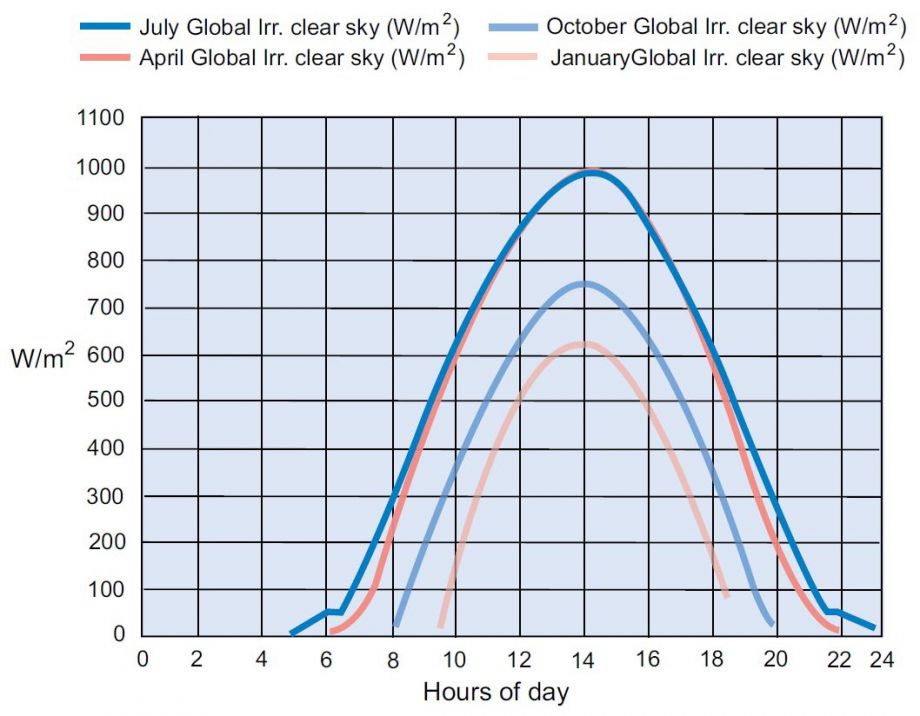image_12091.jpg171002 AKM Solar Thermal diag.jpg
I installed my solar domestic hot water in 2012 in a warm, rather sunny environment (11 inch of rain/yr). My system is complex because of a recirculation loop. I use a Heliodyne Delta T Pro controller (accepts up to 7 temperature probes & measures flow and energy production) to monitor my system online, remotely. My DHW system originally consisted of a 80 gallon electric hot water tank. My installer figured that I needed a 4x8' solar panel. The County only allowed me to have 120 gal of storage in order to qualify for their rebate program. Rather than throw out the 1 yr old electric HW heater, I opted to add a 40 gallon storage tank (80 + 40 = 120 gal). My production did not seem to be very great and I noticed that my flow was terminating around 12:30 pm and my energy started to drop even before then. I thought that circulation of water to my solar panel was stopping early because my storage capacity was too small. Therefore, I asked my installer to add a 100 gallon storage tank to my system, see attached layout diagram. That increased the amount of energy harvested from my solar panel and prolonged the pump circulation time (now stopping around 1:30 pm instead of 12:30 pm), see attached data chart from the last 24 hrs. Now I essentially have 140 gallons of storage for my 4x8 collector and an 80 gallon electric HWT as a back up system.
Although there is still plenty of sunlight until sunset (5:30-6:30 pm), my solar hot water production stops around 1:30 pm on most days. My solar hot water panel azimuth is 142 degrees.
Is this normal behavior or should I add more storage (replace 40 gal storage tank with another 100 gal tank)?
Thanks for any advice or comments!
I installed my solar domestic hot water in 2012 in a warm, rather sunny environment (11 inch of rain/yr). My system is complex because of a recirculation loop. I use a Heliodyne Delta T Pro controller (accepts up to 7 temperature probes & measures flow and energy production) to monitor my system online, remotely. My DHW system originally consisted of a 80 gallon electric hot water tank. My installer figured that I needed a 4x8' solar panel. The County only allowed me to have 120 gal of storage in order to qualify for their rebate program. Rather than throw out the 1 yr old electric HW heater, I opted to add a 40 gallon storage tank (80 + 40 = 120 gal). My production did not seem to be very great and I noticed that my flow was terminating around 12:30 pm and my energy started to drop even before then. I thought that circulation of water to my solar panel was stopping early because my storage capacity was too small. Therefore, I asked my installer to add a 100 gallon storage tank to my system, see attached layout diagram. That increased the amount of energy harvested from my solar panel and prolonged the pump circulation time (now stopping around 1:30 pm instead of 12:30 pm), see attached data chart from the last 24 hrs. Now I essentially have 140 gallons of storage for my 4x8 collector and an 80 gallon electric HWT as a back up system.
Although there is still plenty of sunlight until sunset (5:30-6:30 pm), my solar hot water production stops around 1:30 pm on most days. My solar hot water panel azimuth is 142 degrees.
Is this normal behavior or should I add more storage (replace 40 gal storage tank with another 100 gal tank)?
Thanks for any advice or comments!

Comment